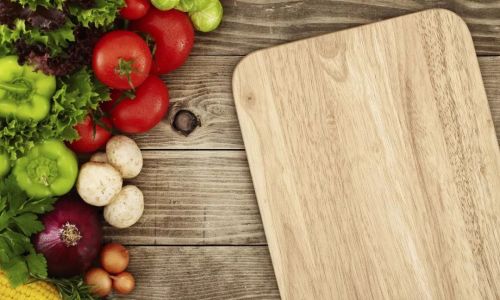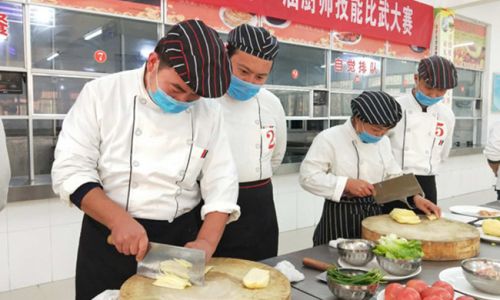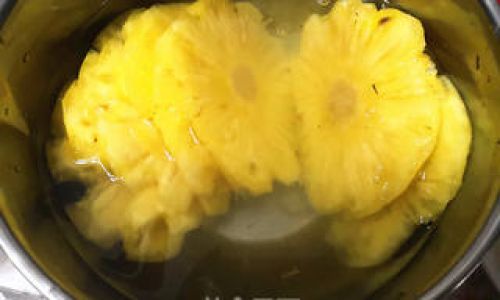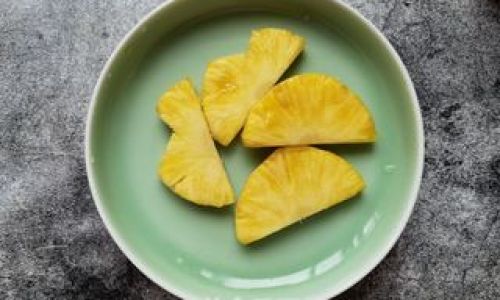In the realm of culinary arts, few maxims hold as much timeless wisdom as the Chinese proverb “厨以切为先”—”In cooking, cutting comes first.” This simple yet profound statement underscores a universal truth: the success of any dish begins not with fire or flavor, but with the meticulous preparation of ingredients. Knife skills, often overlooked by novice cooks, are the bedrock upon which texture, flavor, and presentation are built. Mastering this craft transforms raw produce into a symphony of shapes and sizes, dictating how ingredients cook, meld, and ultimately delight the palate. This article explores the history, techniques, and enduring relevance of knife skills, arguing that precision in cutting is not merely a technicality but an art form that elevates cooking to new heights.
The Historical Roots of Knife Mastery
The importance of cutting in cuisine predates modern stoves and recipes. Ancient civilizations relied on sharp tools to process game, grains, and vegetables, with early knives carved from stone or bone. Over millennia, these implements evolved into specialized instruments, reflecting cultural priorities and culinary philosophies. In Japan, for example, the santoku and yanagiba knives emerged to cater to precise slicing and filleting techniques, while French chefs developed the chef’s knife as an all-purpose tool for robust chopping and dicing.

The Chinese tradition of knife work (刀功) is particularly illustrative. Rooted in Confucian ideals of harmony and respect for ingredients, Chinese chefs honed techniques like julienne (matchstick cuts), brunoise (tiny dice), and flower cuts (decorative garnishes) to balance aesthetics with functionality. These methods were not mere displays of skill but tools to ensure even cooking, maximize flavor extraction, and honor the integrity of each ingredient.
Tools of the Trade: More Than Just a Sharp Edge
A chef’s knife collection is a reflection of their craftsmanship. While modern kitchens offer a dizzying array of blades—paring knives, cleavers, serrated edges—three tools form the core of any serious cook’s arsenal:
- The Chef’s Knife (8–10 inches): A versatile workhorse for chopping, slicing, and mincing. Its curved blade allows rocking motions for efficient dicing.
- The Paring Knife (3–4 inches): Ideal for delicate tasks like peeling, coring, and intricate garnishes.
- The Serrated Knife (8–10 inches): Designed to saw through crusty breads or tender fruits without crushing them.
However, tools alone do not a chef make. A knife’s edge must be honed regularly to maintain its sharpness, as dull blades compromise control and safety. Many professionals use whetstones or honing rods to align the blade’s micro-edges, ensuring clean, effortless cuts.
Fundamental Techniques: From Chopping to Chiffonade
Mastering knife skills begins with understanding basic cuts and their purposes:
- The Claw Grip: A safety technique where the non-dominant hand curls inward, guiding the blade with fingertips tucked away. This prevents accidental cuts and ensures uniform thickness.
- The Rock Chop: A rapid, up-and-down motion used to dice herbs, garlic, or onions. The blade’s heel remains in contact with the board, while the tip arcs upward.
- The Slice: A smooth, gliding motion for delicate ingredients like tomatoes or smoked salmon. The key is minimal downward pressure to avoid bruising.
- The Chiffonade: A method for slicing leafy herbs or greens into thin ribbons. Stacks of basil or spinach are rolled tightly and sliced perpendicularly, creating delicate curls.
Advanced techniques, such as the tourné cut (a seven-sided potato shape) or the butterfly cut (splitting ingredients horizontally without separating them), demand years of practice. Yet even home cooks can elevate their dishes by mastering three foundational cuts:

- Dice (1/4–1/2 inch): Uniform cubes for stir-fries, soups, or salsas.
- Julienne (1/8 x 1/8 x 2 inches): Matchstick-like strips for salads or garnishes.
- Mince: Finely chopped ingredients like garlic or ginger to distribute flavor evenly.
The Science Behind Precision: Why Cutting Matters
The impact of knife skills extends beyond aesthetics. Uniform cuts ensure ingredients cook at the same rate, preventing overdone edges or raw centers. A perfectly diced onion, for example, will caramelize evenly in a sauce, while uneven pieces may burn or remain crunchy. Similarly, thinly sliced meat tenderizes faster during marination, as seasonings penetrate the surface more effectively.
Texture also hinges on cutting techniques. A brunoise of carrots in a risotto adds a pleasing crunch, while a pappardelle-style ribbon of zucchini softens into silky strands when sautéed. Even the angle of a cut matters: slicing mushrooms vertically (rather than horizontally) exposes more surface area, enhancing browning during searing.
The Aesthetic Appeal: Presentation as a Language
Human beings eat with their eyes first, and knife skills are the vocabulary of plating. A single radish, transformed into a rose via meticulous fluting, can elevate a humble salad to fine-dining status. Similarly, a mirepoix (diced carrots, celery, and onions) cut to identical sizes signals professionalism and care.
In Japanese cuisine, katsuramuki (a technique to peel vegetables into continuous, paper-thin sheets) is not merely decorative but a philosophical statement about harmony with nature. By minimizing waste and maximizing an ingredient’s potential, chefs honor the omotenashi spirit of hospitality.
Safety and Efficiency: The Hidden Benefits
Poor knife skills are a leading cause of kitchen accidents. Slippery grips, uneven cuts, and distracted chopping can result in lacerations or lost fingertips. By contrast, a chef who masters the claw grip and rock chop reduces their risk of injury while doubling their prep speed.

Efficiency is equally critical. A seasoned line cook can dice a mountain of onions in minutes, freeing time for sautéing or plating. This efficiency stems from muscle memory—the ability to chop without conscious thought, much like a pianist’s fingers dancing across keys.
Common Pitfalls and How to Avoid Them
Even experienced cooks fall into bad habits. Common mistakes include:
- Using the Wrong Knife: Attempting to debone a chicken with a paring knife or slice bread with a chef’s knife leads to frustration and danger.
- Dull Blades: A dull knife requires more force, increasing the likelihood of slippage.
- Poor Posture: Hunching over a cutting board strains the back and limits arm movement.
To correct these issues:
- Invest in Quality Tools: A well-balanced chef’s knife and honing steel are worth their weight in gold.
- Practice Regularly: Even 10 minutes of daily knife drills (e.g., chopping herbs or slicing carrots) build proficiency.
- Watch Your Posture: Stand upright with shoulders relaxed, and keep the cutting board at hip level to reduce strain.
Knife Skills Beyond the Kitchen
The principles of precision cutting transcend culinary boundaries. Surgeons, for instance, rely on analogous dexterity when making incisions, while artists use similar motions in woodcarving or sculpture. Even in digital fields like graphic design, the concept of “clean lines” and “symmetry” mirrors the pursuit of flawless cuts.
Conclusion: The Chef’s Signature
In an era of pre-cut vegetables and food processors, some may dismiss knife skills as antiquated. Yet the act of cutting remains deeply human—a tactile connection to ingredients that machines cannot replicate. A perfectly sliced cucumber, its edges curling like petals, tells a story of patience and respect. A flawlessly diced mirepoix, its cubes gleaming with oil, whispers of culinary tradition.

To embrace “厨以切为先” is to recognize that cooking is not merely sustenance but craft. It is to acknowledge that the simplest acts—a slice, a dice, a ribbon—hold the power to transform the mundane into the magical. So the next time you wield a knife, remember: you are not just preparing food. You are sculpting flavor, history, and joy, one precise cut at a time.





0 comments